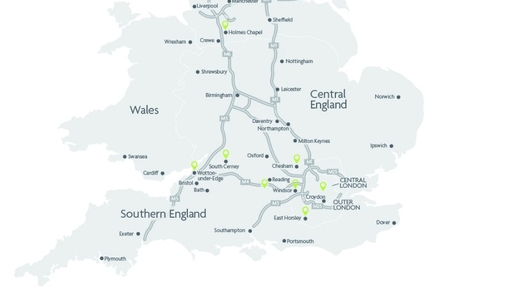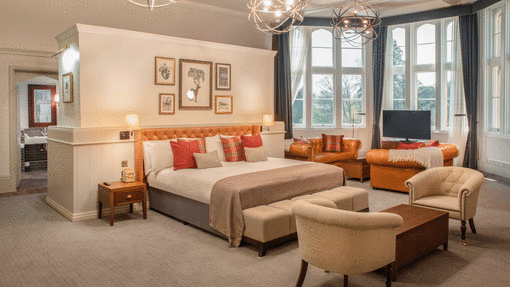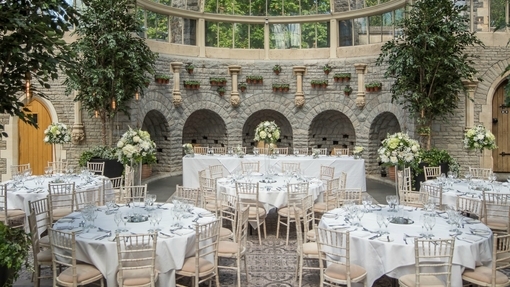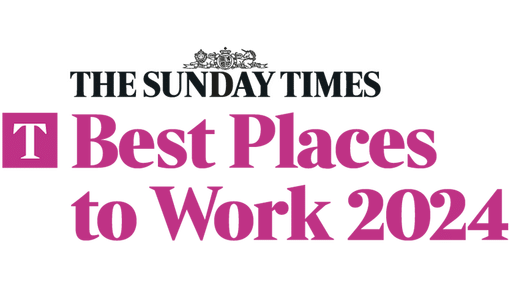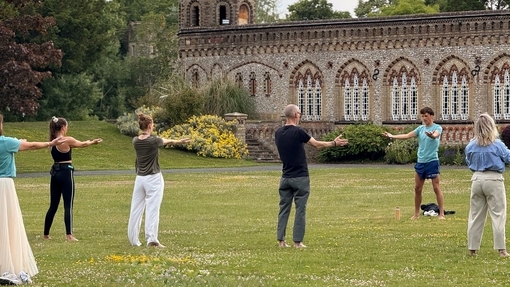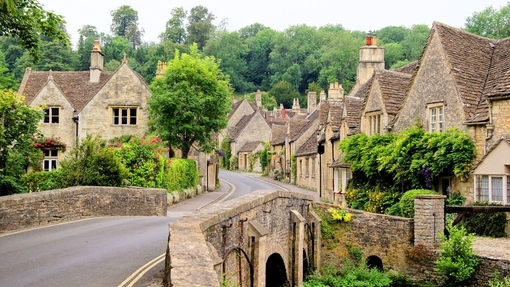
De Vere Wokefield Estate: A prestigious property with a rich history
From it’s beginnings as a deer park, to the mansion house we see today, De Vere Wokefield Estate has enjoyed a notable past with many fascinating owners.
The first mention of Wokefield, under the name of Hoofelle or Offelle is in the Domesday Book in 1086, where it was reported to have measured 1 1/2 hides - an old English measurement based on the amount of land needed to support a household. Fast forward almost 250 years and the estate was in the hands of Sir Thomas Danvers, who granted the estate, by then a sprawling deer park, to Roger Mortimer, on the condition that Roger should provide from Thomas’ two sons; Richard and William.
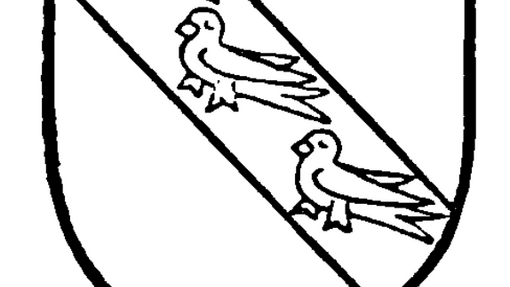
During the 1340’s the land was acquired by Edward III and granted to John Brocas. He was succeeded by Sir Bernard Brocas, and in turn his son, who was later beheaded for his plot against the newly crowned Henry IV. The land remained pretty untouched for another 200 years, before it was returned to the Mortimer family in 1553 when they became a favourite family of the newly crowned Queen Mary I.
By 1560, the land had fell into the hands of the wealthy Plowden family who built the first house of the estate, named Oakfield Park. Whilst the house from the 16th century no longer stands, the vaulted cellars which still exist today are thought to be from the original mansion. The house remained in the Plowden family until 1627, when Francis Plowden sold it to Peter Weaver, the manor would later pass to Peter’s granddaughter, Katherine, who’s son Charles would go on to build the current Mansion House in 1720.
Charles Parry’s Mansion House, now called Wokefield Park, was built in a similar style to Frances Smith’s Kinlet Hall in Shropshire, one of the most celebrated buildings of its time. The Mansion House is filled with many original feature’s from the 1720’s, including The Old Lounge’s fire place and the original staircase situated behind the Mansion House reception.
Wokefield Park changed hands again in 1742, when it was sold to Henry Paget, 2nd Earl of Uxbridge who later sold it to Bernard Brocas, thought to be a descendent of the 14th century owner John Brocas.
We know, due to John Rocque’s 1777 map of Berkshire, that it was around this time when the estate was landscaped with ornamental gardens, woodlands and the lake which visitors still enjoy today.
In 1839, Robert Allfrey bought Wokefield Park, with money from his stake in Meux and Reid Brewery. Later in the 19th century, the estate was acquired by Lord Alfred Palmer, co-owner of Huntley and Palmer Biscuits. Lord Palmer was a major benefactor of the University of Reading and in 1905 was appointed High Sheriff of Berkshire.
Lord Palmer was the last owner of Wokefield Park to use it for residential purposes; it was sold in 1936 to the De La Salle brothers - a Catholic teaching organisation, which is 1937 turned the house into St Benedict’s Approved School for Boys. In 1984 Wokefield Park was turned into a training centre, it became the hub for American global corporation Xerox who remained there for 16 years.
In the early 1990s, a further 140 acres were acquired for the estate and the current Wokefield Place was developed with a further 150 guest rooms. The 18-hole Championship golf course, which is now one of the leading golf clubs in Reading, was completed in 1996.
Following the acquisition by Starwood Capital Group, and a £20 million renovation project, De Vere Wokefield Estate has been returned to glory - a fitting tribute to the property’s rich past.

